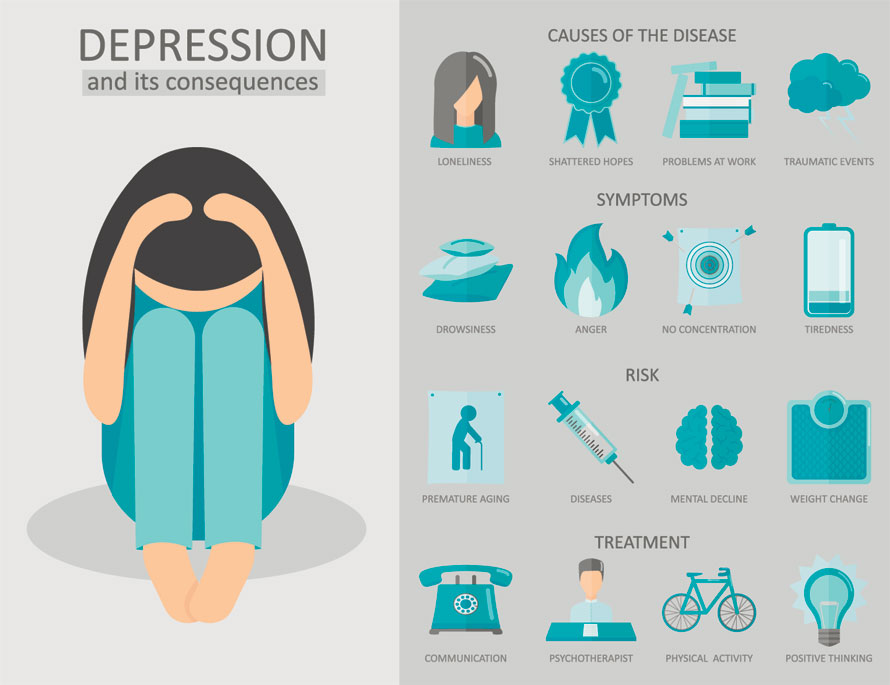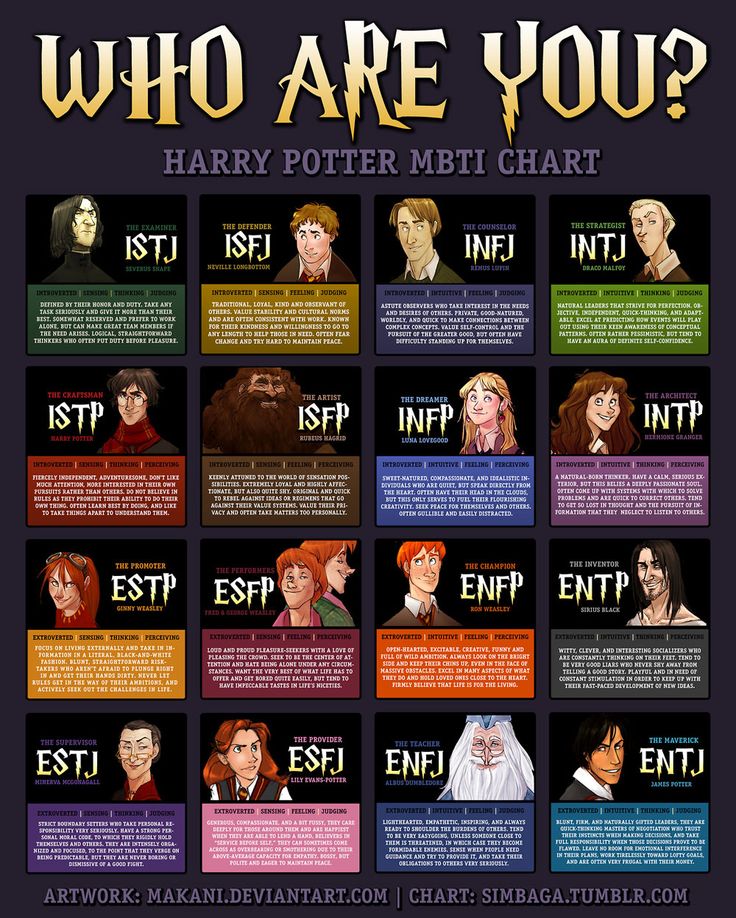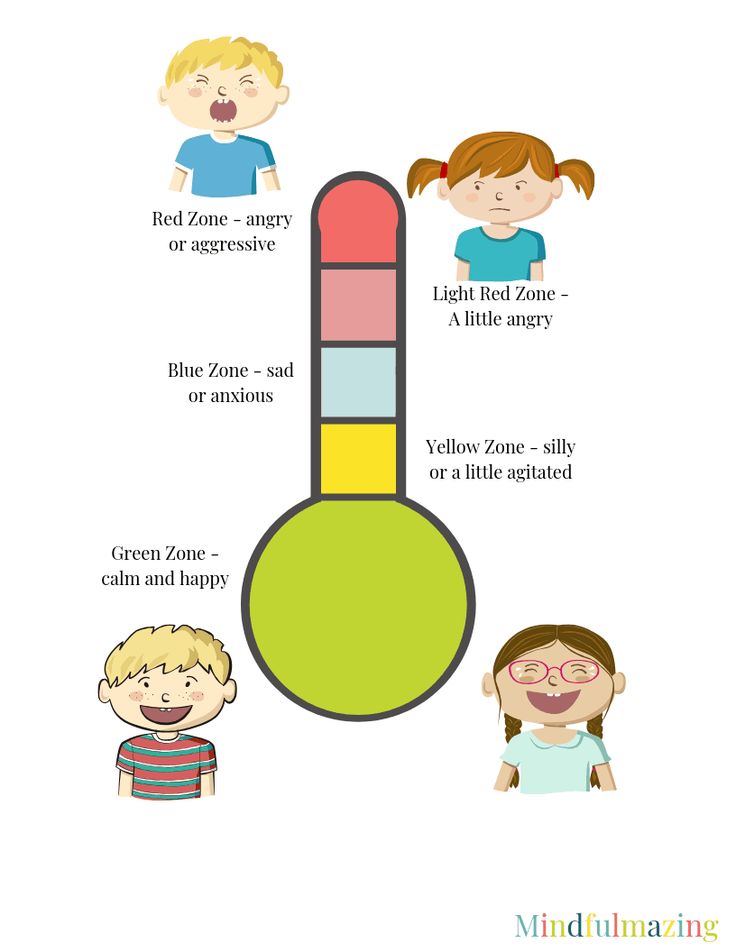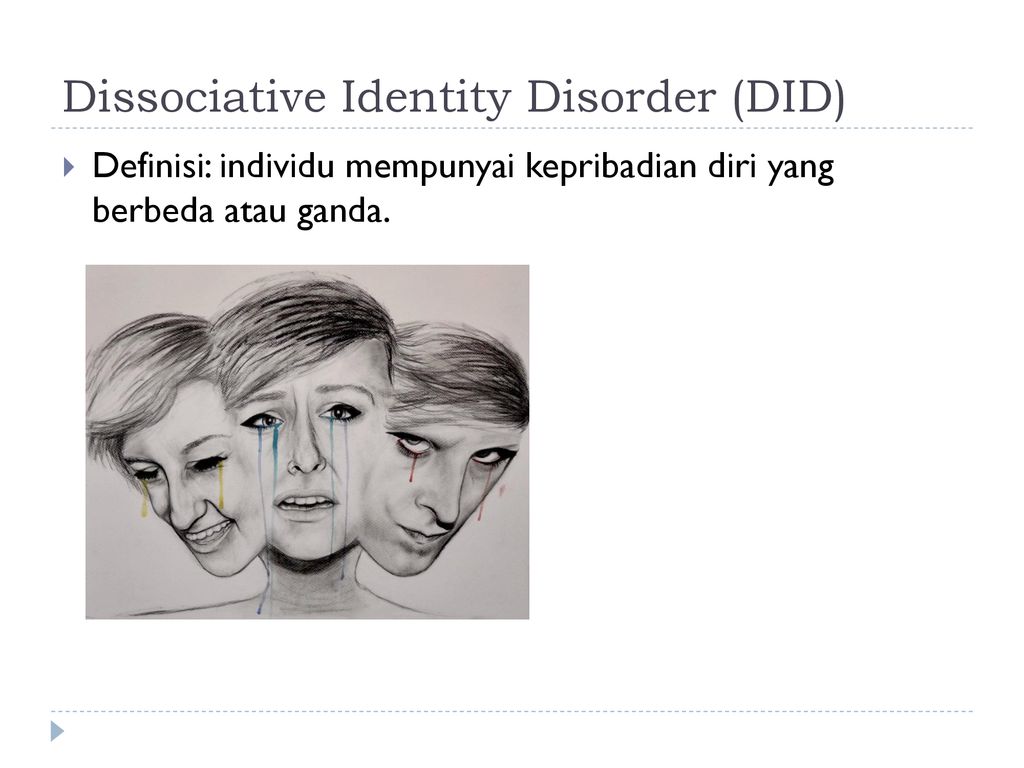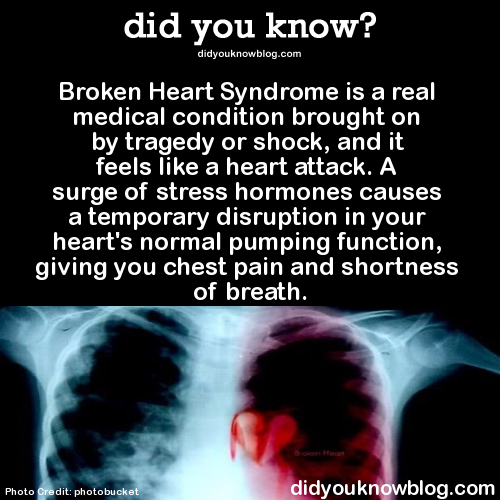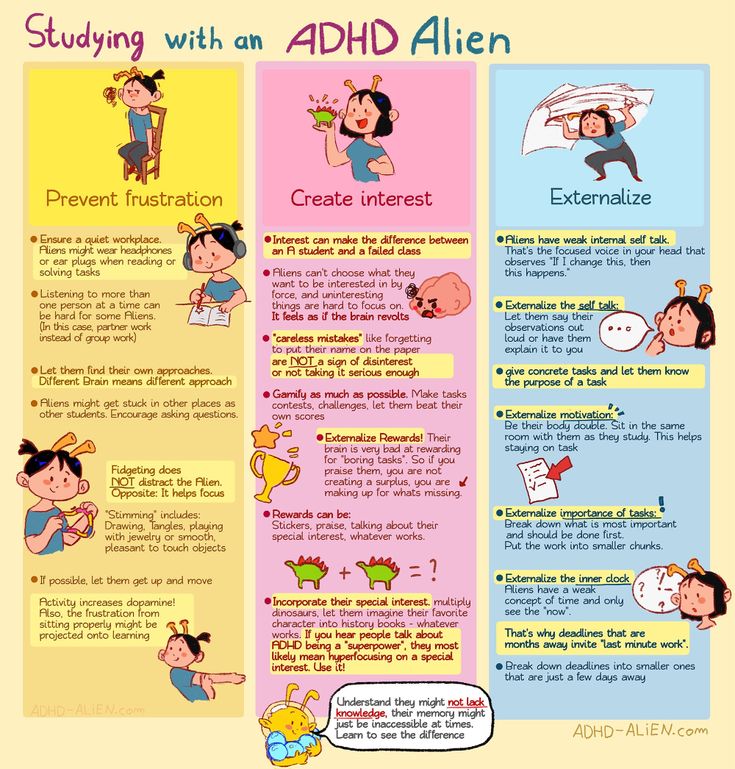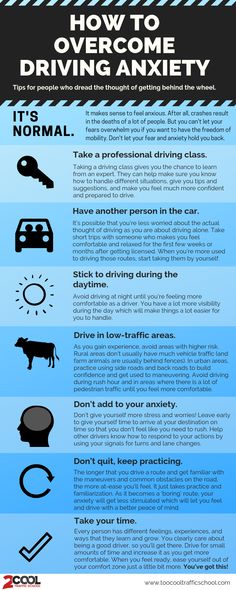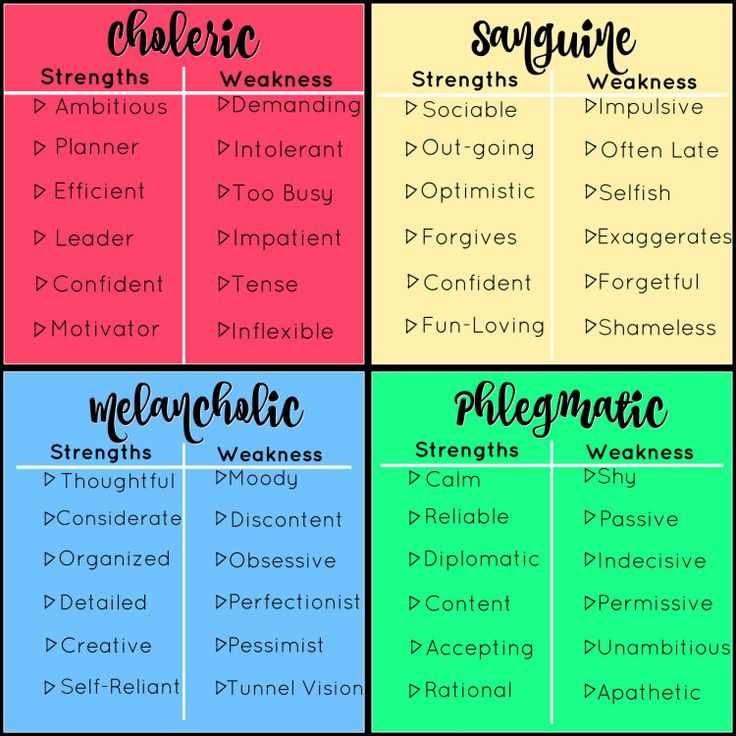How long do ptsd episodes last
What Happens During a PTSD Episode?
Throughout their lifetime, at least half of all people will experience a traumatic event of one kind or another. For some, trauma begins early in life with the devastation of childhood abuse and other maltreatment, including neglect. Beyond this, there are many other types of events that are inherently traumatic, such as military combat, rape, and assault, serious motor vehicle accidents, being stalked, natural disasters, and mass shootings. Mental health experts suggest that living through the COVID-19 pandemic is yet another event that has traumatized many people.
It’s normal for anyone who has endured or witnessed experiences like these to have a strong emotional response that could last for days or weeks. However, some people have a delayed and/or prolonged reaction to the traumatic event which can lead to posttraumatic stress disorder (PTSD).
Prevalence and Symptoms of PTSDAccording to the National Center for PTSD, approximately 7-8% of people in the U. S. will develop PTSD during their life—10% of women and 4% of men. To be diagnosed with this condition, a person will have symptoms that include several of these:
- Recurrent and distressing memories or dreams of the traumatic event
- Prolonged or noticeable psychological and/or physiological reactions to cues resembling the experience
- Flashbacks of the event or emotional/psychological dissociation when triggered
- Avoidance of thoughts, feelings, people, places, or any reminders of what happened
- Difficulty remembering details of the event
- Changes in mood, memory, or thinking patterns
- Hypervigilance, sleep problems, anger outbursts, or self-destructive behavior
While all these symptoms can cause significant impairment, some are more challenging to manage than others. This is largely due to the amygdala, a structure deep in the brain that is best known for our fight or flight response. When in danger, the amygdala assigns an emotional tag to any experience that could be life-threatening, and its function is automatically prioritized over other areas of the brain, including those that govern reasoning and memory.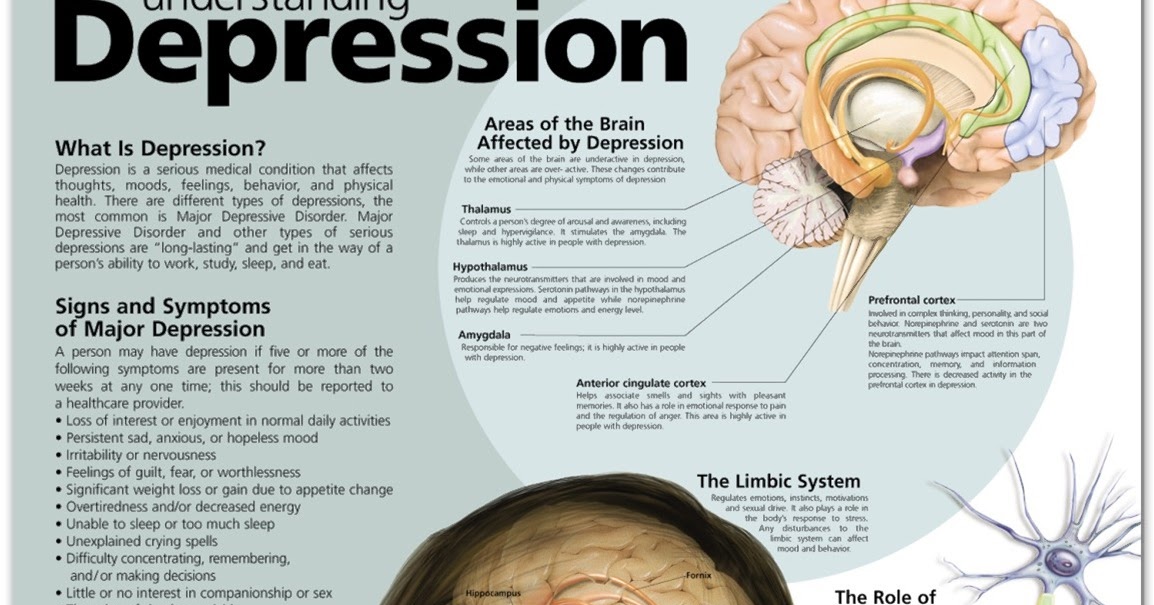
The amygdala doesn’t forget anything that it has deemed as dangerous and doesn’t discern whether the threat is real or imagined. This plays a big role in untreated PTSD, especially when these symptoms occur:
- Flashbacks are a nightmarish and intense reliving of a traumatic event. Whether it is momentary or lasts a few minutes, hours, or even days, someone going through a flashback is unable to distinguish it from reality. Flashbacks are uncontrollable and are very vivid, likely evoking strong sensory memories associated with the trauma that was endured and the environment in which it happened.
- Dissociation occurs when a person feels separate or disconnected from their body and surroundings as though they are observing things from outside of themselves. This tends to occur automatically as a coping mechanism to manage traumatic memories and the emotions associated with them.
 Like flashbacks, dissociative episodes can be fleeting or last for a long time.
Like flashbacks, dissociative episodes can be fleeting or last for a long time.
Flashbacks and dissociation are often unpredictable and are caused by triggers in the environment that are reminders of the traumatic event. Such cues can be sights, sounds, odors, objects, people, places, or any number of things that are somehow associated—even unconsciously—with the fearful experience. The brain responds by activating the amygdala as though real danger is imminent. This in turn causes an increase in heart rate, shallow breathing, perspiration, and panic as the fight or flight system kicks in. For Steven, a mechanic, who witnessed a horrific accident that killed 10 people, his hands would start shaking.
“Grounding” to Offset a PTSD EpisodeAlthough they come on quickly, a person will usually have a little bit of warning prior to the flashback or dissociation. They may feel they are losing their connection to reality or things may start to look blurry. One method for not completely losing touch with reality is through a technique known as “grounding,” which is similar to mindfulness.
They may feel they are losing their connection to reality or things may start to look blurry. One method for not completely losing touch with reality is through a technique known as “grounding,” which is similar to mindfulness.
Just as it sounds, grounding can help a person stay present so that they recognize their oncoming PTSD symptoms for what they are. This technique involves strategies such as these:
- Engaging each of the senses by identifying things in the immediate environment they can see, smell, touch, taste, and hear
- Moving around—whether by walking, running, or jumping—to help disrupt the body’s stress response
- Breathing deeply and slowly to help calm themselves
It is possible to recover from PTSD, and one of the most effective treatments for this condition is called eye movement desensitization and reprocessing (EMDR), which the mechanic Steven underwent. This type of psychotherapy is done with a licensed mental health practitioner who is trained and certified in it.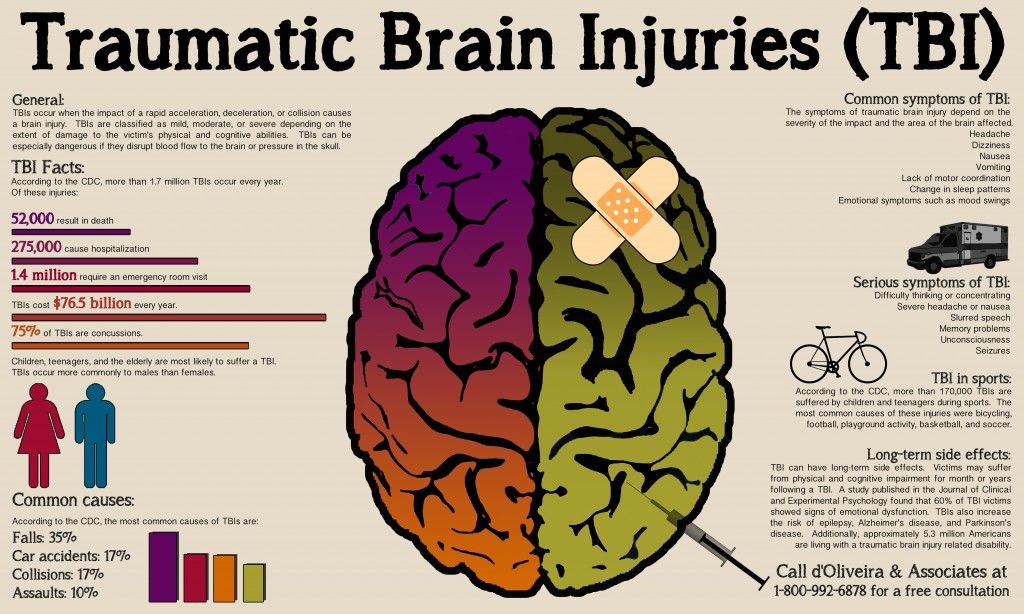
After some sessions for EMDR preparation, a process called bilateral stimulation (BLS) is used. This involves having clients move their eyes side-to-side as they follow the therapist’s finger or having the client hold a small device in each hand that alternately vibrates. At the same time, a traumatic memory or associated bodily sensations are recalled simultaneously with the BLS. The distraction of the BLS makes thinking and talking about the experience less terrifying or overwhelming. This method helps the traumatic memories get “unstuck” so they can be more fully processed in the brain. This in turn opens the door to greater coping skills and emotional management related to the trauma.
Sadly, without treatment, many people won’t fully recover from PTSD. Reaching out for help is a sign of strength, not weakness. And though the road to recovery from PTSD and other types of trauma may not be a linear one, the continued progress can lead to a greater sense of well-being and have more fulfillment in life.
PTSD and other mental health issues can’t wait. During these uncertain times, your mental well-being is more important than ever and waiting until life gets back to “normal” is likely to make your symptoms worsen over time.
At Amen Clinics, we’re here for you. We offer in-clinic brain scanning and appointments, as well as mental telehealth, remote clinical evaluations, and video therapy for adults, children, and couples. Find out more by speaking to a specialist today at 888-288-9834 or visit our contact page here.
Tips To Get Out Of A PTSD Episode - San Diego
Traumatic events can have a lasting impact on your mental health. If you’ve experienced a violent assault or a serious accident, or if you’ve been involved in active combat, you may have an ongoing emotional response for days or even weeks. But if you’ve been haunted by trauma for months or years, you may have a condition called post-traumatic stress disorder, or PTSD.
PTSD is distinguished from other forms of anxiety by episodes, which are delayed stress reactions to the trauma you experienced in your past. These episodes are frightening when they occur but, with proper treatment, they can be effectively controlled.
What Happens During a PTSD Episode
A PTSD episode is characterized by feelings of fear and panic, along with flashbacks and sudden, vivid memories of an intense, traumatic event in your past. These memories are often accompanied by sensory experiences; visions, sounds, and even smells from the incident may return, as if they are happening in the present moment. Perceiving imminent danger, your brain will go into a state of alarm: your heart races, you sweat profusely, and your breath speeds up. The feeling is all-consuming, intense, and often debilitating.
How to break out of a PTSD episode
While you may feel helpless when you’re experiencing an episode, there are a few things you can do to help break out of it.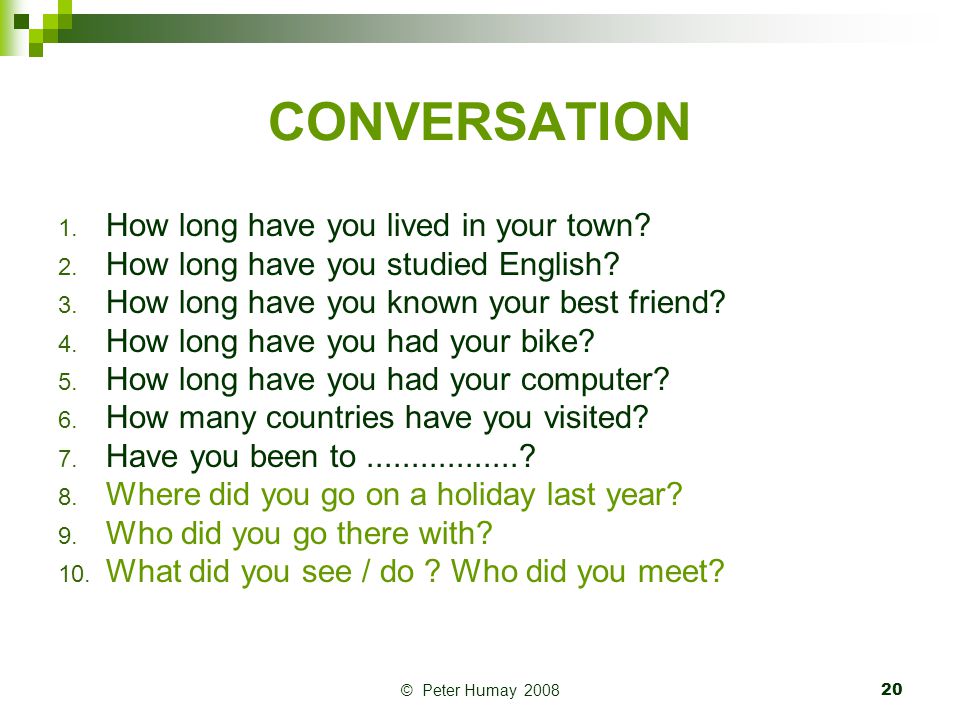
Breathe deeply
When anxiety strikes, we often take quick, shallow breaths, which can exacerbate the symptoms of an intense PTSD episode. Slow, deep breathing can lower your heart rate and reduce feelings of panic, restoring oxygen flow through your body.
Talk yourself down
If you’re having a flashback, tell yourself that the sensations you’re experiencing aren’t real, that they are merely memories of the past. Remind yourself that you’re currently safe and in control.
Get moving
Running, jumping, or walking around can break you out of an episode by grounding you in the present moment and interrupting your body’s stress response. It can also help by releasing endorphins to improve your state of mind.
Connect with others
Reach out to supportive friends and family members who can listen to your concerns, remind you of what’s real, and assure you that you’re not alone.
Manage your PTSD through healthy living
While PTSD episodes aren’t always preventable, there are ways to help you lessen their intensity and reduce their frequency. Forming healthy habits and educating yourself on your symptoms can go a long way toward improving your life. For example:
Forming healthy habits and educating yourself on your symptoms can go a long way toward improving your life. For example:
- Avoid triggers: Triggers are reminders of trauma and can come in many forms, such as sensations, thoughts, or even upsetting news stories. If you can identify specific triggers for your PTSD episodes, try to avoid them.
- Engage in self-care: A healthy mind and body can better respond to and recover from traumatic stress reactions. Eat a balanced and healthy diet, exercise regularly, get enough sleep, avoid doing drugs and alcohol, and take adequate time to relax.
- Practice mindfulness: Building a regular meditation practice can train your brain to calm down and focus, thereby reducing the symptoms of PTSD episodes. A study published in Military Medicine suggests starting with 20-minute meditation sessions, twice a day.
- Seek professional help: Most of the time, PTSD will not go away on its own.
 But with the help of a licensed, professional therapist, you will be able to work through traumatic memories, identify triggers, and develop coping strategies to conquer PTSD for the long term.
But with the help of a licensed, professional therapist, you will be able to work through traumatic memories, identify triggers, and develop coping strategies to conquer PTSD for the long term.
Get treatment for PTSD at Alvarado Parkway Institute
You don’t have to suffer from the debilitating effects of post-traumatic stress disorder alone. Help is available at Alvarado Parkway Institute. We offer comprehensive and individualized PTSD treatment in San Diego, including one-on-one psychotherapy, medication management, support groups, and aftercare. To find out how our team of highly experienced medical professionals can help you heal from PTSD, call us today at (619) 485-1432.
90,000 symptoms, treatment, how long does it last?Post-traumatic stress disorder (PTSD) is a collection of symptoms that result from certain traumatic experiences. They can be different and differ between children and adults. How to recognize them?
What is post-traumatic stress disorder?
Psychotherapist Violetta Karlovich-Dul says: Post-traumatic stress disorder (PTSD) is a set of typical symptoms that occur in response to traumatic or extremely threatening events during which a person experiences intense fear, helplessness and horror. nine0003
nine0003
These situations are outside of normal human experience, they occur unexpectedly and therefore most people perceive them as trauma. PTSD can develop as a result of a single dramatic episode, but also in many repetitive situations, which may be less intense, long-term, or occur regularly.
When can PTSD appear?
Traumatic events that can lead to post-traumatic stress are all situations involving the danger of death, serious injury or disturbance in which the person has participated or witnessed. nine0003
Examples of such experiences are, for example, serious traffic accidents, accidents, terrorist attacks, as well as all types of violence, assault, rape, kidnapping and torture. A special kind of traumatic experience is also the death of a loved one and mourning.
Symptoms of PTSD may appear immediately after a traumatic event, but they must persist for at least a month to be recognized as a disorder. However, sometimes they may occur after a latency period of at least six months for you to recognize a delayed response. nine0003
nine0003
How long does PTSD last? What determines this time?
The disease can be acute when symptoms persist for less than 3 months, and chronic if this time is longer. For each person, the duration will be different and depends on the severity of stressful events, current life situation, additional difficulties or mental disorders they are struggling with.
Return to normal functioning will depend, in particular, on the moment of initiation of therapy and the participation of the patient in its process. nine0003
What are the symptoms of such stress? Can it give physical symptoms?
A person suffering from post-traumatic stress experiences constant tension and hypersensitivity. In a way, his body is trying to prepare for the experience of trauma. For this reason, attention is focused on looking for any signals that may portend a threat.
This causes the person to avoid any stimuli, objects or situations that are in any way related to the traumatic event.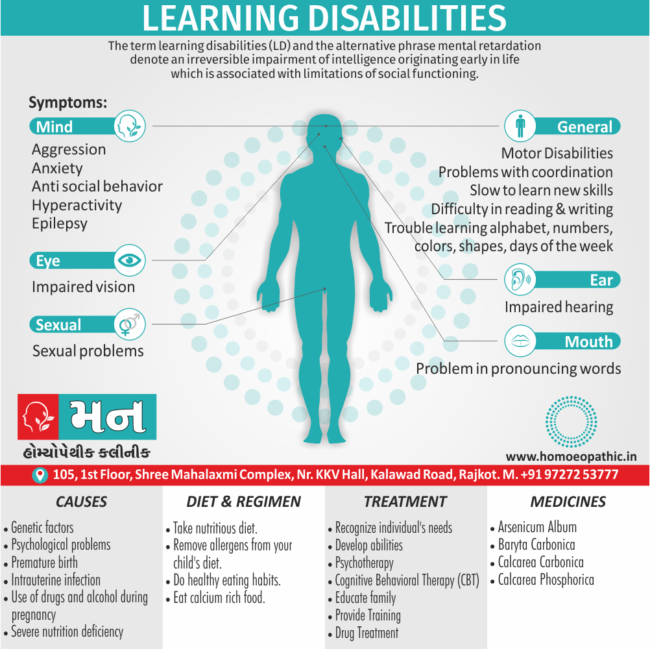 These can be places like the one in which the situation arose, objects and even smells or sounds that are related. nine0003
These can be places like the one in which the situation arose, objects and even smells or sounds that are related. nine0003
Attempts to avoid this bring no relief, and memories of the incident return uncontrollably. Usually in the form of flashes (so-called memories), dreams, ideas or thoughts. Although some images appear spontaneously in the victim's mind and he experiences this situation, some facts of this event may be forgotten.
It can be imagined that these types of symptoms have a very negative effect on the mind and body. A constant sense of danger over time worsens concentration, indifference and a sense of strangeness. The victim begins to isolate and isolate himself from people, but also abandons his former interests and activities. nine0003
He may become overly irritable, explode with anger, or overreact to unexpected situations. In addition, insomnia, eating problems, and general symptoms of depression and anxiety may occur.
The constant experience of stress is also felt in the somatic sphere. The person will be chronically tired, may have pain of unknown origin, and problems related to the digestive or respiratory system. These include back pain, diarrhea, and vomiting or a tingling sensation in the chest. nine0003
The person will be chronically tired, may have pain of unknown origin, and problems related to the digestive or respiratory system. These include back pain, diarrhea, and vomiting or a tingling sensation in the chest. nine0003
PTSD in children
Let's focus on children. How is post-traumatic stress disorder different from that found in adults?
Children are a special group of people subjected to traumatic experiences. The symptoms of PTSD will be similar to those in adults, but due to age, they will manifest slightly differently. The difference can be seen, for example, in the experience of tragedy.
The child may constantly repeat certain games or games that will be associated with trauma. In addition, children with PTSD become hyperactive and irritable, often torn even during sleep. They have difficulty concentrating and may suddenly explode with anger. nine0003
Sometimes there is social withdrawal, loss of skills and developmental regression. Some children will avoid behavior that might even be considered endangered.
Some children will avoid behavior that might even be considered endangered.
Older children appear to have reduced self-esteem and self-esteem, self-destructive or risk-taking behavior. Trying to drown out their suffering, they can get psychoactive substances.
A typical childhood symptom will be somatic pain in organs and various parts of the body, as well as eating and sleeping disorders. nine0003
Is there a test to detect such stress?
The best tools for diagnosing PTSD are conversation and observation. There are several trauma-specific, but also general, tests that assess victims' psychological symptoms. Both can only be performed by persons who are authorized to use them.
Therefore, if you have suspicions about your symptoms or you are worried about the health of a loved one, it is worth contacting a specialist. A psychologist or psychiatrist will not only help you recognize the problem, but, most importantly, point out the possibilities of therapy and treatment.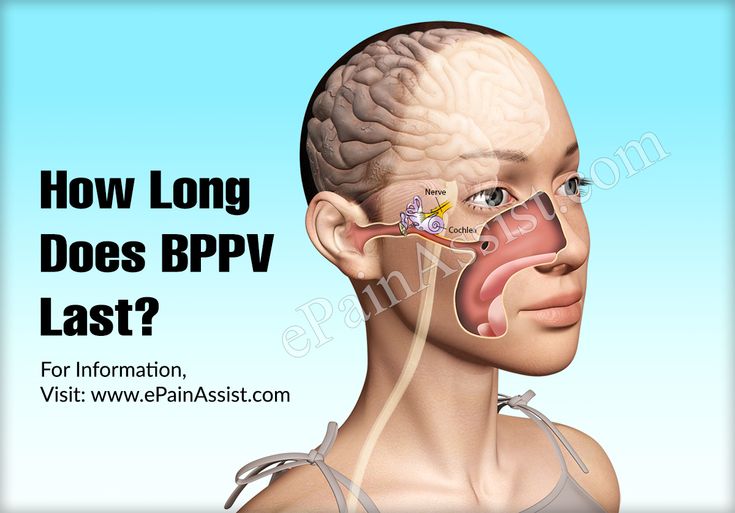 Studying your reactions and behavior can be helpful, but under the supervision of a specialist. The most important goal in this matter is to stop the symptoms and return the injured patient to normal functioning. nine0003
Studying your reactions and behavior can be helpful, but under the supervision of a specialist. The most important goal in this matter is to stop the symptoms and return the injured patient to normal functioning. nine0003
How is already diagnosed post-traumatic stress treated?
Treatment is based on psychotherapy, but in some situations it may also be appropriate to include pharmacotherapy. Antidepressants do not relieve symptoms, so they are supportive and transient. However, during therapy, the patient has the opportunity to work through the trauma step by step.
This applies to both emotional and cognitive levels. During work, the trauma and its key elements must be processed, which leads to the damping of strong reactions. This is the exact opposite of avoidance, which only exacerbates the problem. In colloquial speech, we can say that in order to cope with trauma, you need to face it again. It's just that this time, with the help of a therapist, he has a completely different character and purpose. nine0003
nine0003
Another element is the reappraisal of distorted beliefs and interpretations that have arisen as a result of the trauma. The result of this can be, for example, a change in the idea that the world is threatening and that people are evil.
Additional interventions are likely to be psychoeducation and various relaxation techniques. In some people, in addition to treating PTSD, you may also need to address other related issues such as addiction, depression, and anxiety disorders. It all depends on the individual situation and the mental state of the person suffering from PTSD. nine0003
How can I help someone with PTSD symptoms?
The most valuable thing you can give a friend after an injury is your presence, unwavering kindness and support. What can bring relief is listening carefully to the suffering person, avoiding judgment and helpful advice, and comparing with others or diagnosing the situation. You should not ask about the details of the situation if you don't want to talk about it yourself.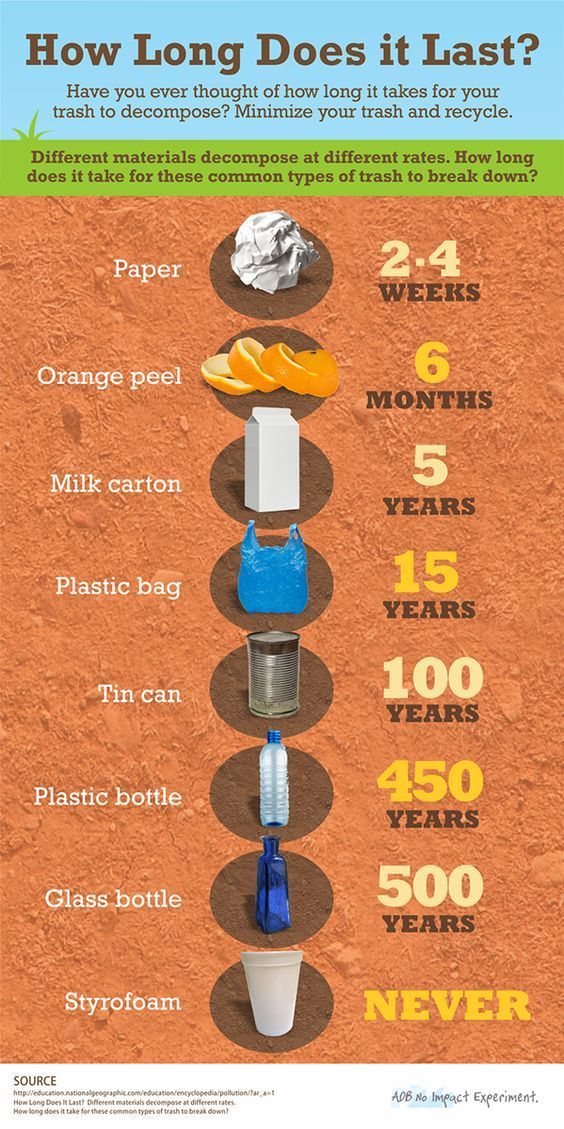
PTSD training can be helpful in understanding a loved one's symptoms. This article is not a manual for treatment, it is of a brief informational nature. To solve such problems, you should contact a specialist. nine0003
No comments yet…
Post-traumatic stress disorder (PTSD) | English translation
However, most people realize what happened after a few weeks, sometimes a little longer, and then their symptoms will begin to disappear.
Research shows that certain groups of people are at increased risk of developing post-traumatic stress disorder. The risk of developing PTSD is reduced when a person has:
Any traumatic event can cause PTSD, although the more severe the shock, the more likely it is to develop PTSD. For example, PTSD is more likely to develop if the event:
- is sudden and unexpected
- continues for a long time
- happens when you are trapped in a trap that you cannot get out of
- was caused by humans
- causes a lot of death
- causes injury
- includes children
If you are still stressed and in an uncertain state, it will be difficult to get rid of the symptoms of PTSD.
How do I know that I have overcome a traumatic experience?
You may have already gotten over the traumatic event if you can:
- think about it without worrying
- not feel like you are under constant threat
- not think about it all the time
Why is PTSD not always diagnosed? nine0005
There are a number of reasons why a person with PTSD may not be diagnosed.
Stigma and misunderstanding
People with PTSD often avoid talking about their feelings to avoid thinking about the traumatic event.
Some people believe that the symptoms they are experiencing (such as avoidance or emotional numbness) help them cope and do not realize that they are caused by PTSD. nine0003
When people are very ill, they find it hard to believe that they are able to feel the way they did before the traumatic event. This may discourage them from getting help.
There is also a common misconception that only military personnel suffer from PTSD. In fact, PTSD can happen to anyone, and any experience of PTSD is real.
In fact, PTSD can happen to anyone, and any experience of PTSD is real.
Misdiagnosed
Some people with PTSD may be misdiagnosed with conditions such as anxiety or depression. Some people have other mental and physical health problems that make PTSD go unnoticed.
They may also experience medically unexplained symptoms such as:
- gastrointestinal disorders
- pain syndromes
- headaches
These symptoms may mean that their PTSD goes unnoticed.
Other difficulties
Some people with PTSD may have other problems, such as difficulties in human relationships or addiction to alcohol and drugs. They may be caused by post-traumatic stress disorder, but these problems will manifest themselves more clearly than PTSD itself.
Can children develop PTSD? nine0005
PTSD can develop at any age. In addition to the symptoms of PTSD common to adults, children may also experience:
- Nightmares - In children, these dreams may or may not reflect an actual traumatic event.
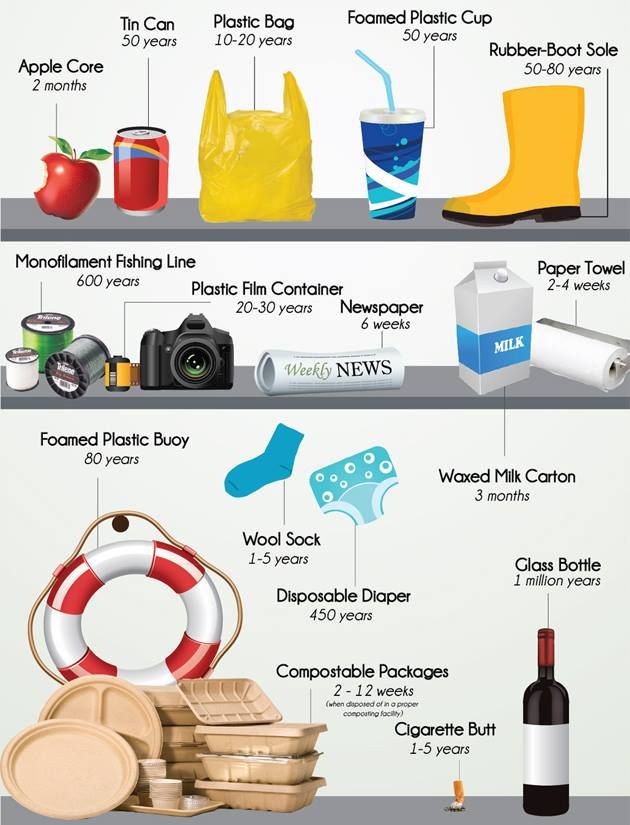
- Repetitive play - some children act out a traumatic event during play. For example, a child who has been in a serious traffic accident may recreate the accident with toy cars. nine0086
- Physical symptoms - they may complain of abdominal pain and headaches.
- Fear of imminent death - they may find it hard to believe that they will live long enough to become adults.
What are the treatments for PTSD?
There are a number of different treatments for PTSD, including trauma-focused cognitive behavioral therapy (TF-CBT), eye movement desensitization and processing (EMDR), and medications. nine0112
Psychotherapy
Psychotherapy for PTSD will focus on the traumatic experience, not your past life. They will help you with the following:
- Acceptance - learn to accept the fact that although you cannot change what happened, you can think differently about the event, the world around you and your life.

- Memory of the event - remembering what happened, you will not feel fear or anxiety. You will be able to think about what happened when you yourself want it, and not through obsessive thoughts or memories. nine0112
- Explaining your experiences in words - by saying out loud what happened, your mind will be able to push the memories away and do other things.
- Finding a sense of security - helps you better control your feelings. This will make you feel more secure and eliminate the need to avoid memories.
All psychotherapy must be administered by a properly trained and accredited professional. Sessions are usually conducted by the same therapist at least once a week, with a total duration of at least 8-12 weeks. nine0003
Sessions usually last about an hour, sometimes they can last up to 90 minutes.
Therapy for PTSD includes:
Trauma-focused Cognitive Behavioral Therapy
A type of talking therapy that can help you change the way you think. Over time, this can help you feel better and behave differently. It is usually done individually, although there is evidence that CBT for trauma can also be done in groups. nine0112
Over time, this can help you feel better and behave differently. It is usually done individually, although there is evidence that CBT for trauma can also be done in groups. nine0112
Eye Movement Desensitization and Reprocessing (EMDR)
A technique that uses eye movements to help the brain process traumatic memories.
You will be asked to remember the traumatic event and what it made you think and feel. While you do this, you will be prompted to move your eyes or receive other "two-way stimulation" such as tapping your hand. It turns out that this reduces the emotional burden experienced in connection with the traumatic memory and helps to cope with the trauma. nine0003
The GERD must be carried out by a qualified person. EPDH usually requires 8-12 sessions, lasting from 60 to 90 minutes.
Some other forms of talking therapy may be useful for treating certain symptoms (eg, poor sleep) in people for whom EMRT or CBT have not been effective for trauma.
Medications
If you have tried various treatments for post-traumatic stress disorder and find that they do not work for you, your doctor may prescribe antidepressants. nine0003
Selective serotonin reuptake inhibitors (SSRIs) are antidepressants that can help reduce symptoms of post-traumatic stress disorder. They can also help you if you are suffering from depression.
If SSRIs are not working for you, you may be offered other drugs, but this should usually be done on the advice of a mental health professional.
Which treatment is more effective?
There is evidence that Cognitive Behavioral Therapy for Trauma and Eye Movement Desensitization and Reprocessing are the best first line treatments. Medication can help those who refuse talking therapy or cannot easily access it. nine0112
Which treatment should I take first?
Trauma-focused psychological therapy (TF-CBT or EMBT) should be offered prior to medication, to the extent possible.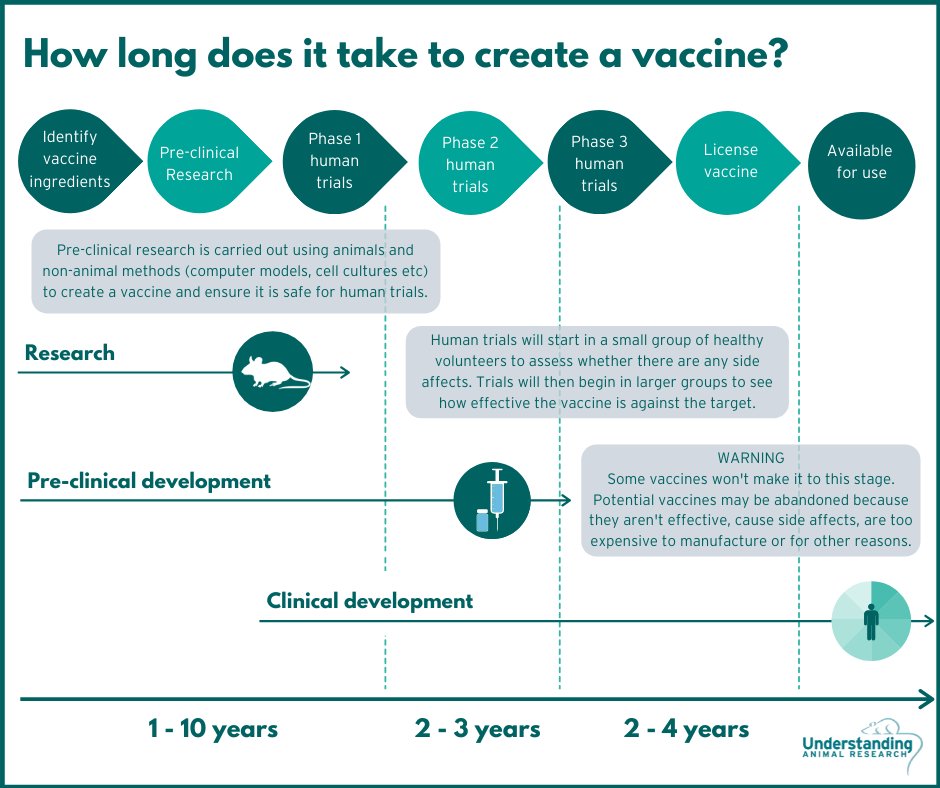 This is in line with the UK National Institute for Health and Clinical Excellence (NICE) guidelines.
This is in line with the UK National Institute for Health and Clinical Excellence (NICE) guidelines.
How can I help myself?
There are some things you can do to help you get better if you develop PTSD. Your therapist will help with this and make sure you apply them in a timely manner:
Stick to your daily routine - As far as possible, try to return to or maintain your normal daily routine. By continuing to lead a life as normal as possible, you can gain a sense of support.
Talk to people you trust - Although you shouldn't feel like you need to talk to everyone about what happened, talking to someone you trust can help you sort out your feelings in a safe environment. It can also help to talk to someone who has gone through the same thing as you, or someone who has gone through something similar before, as long as it doesn't hurt you. nine0112
Try relaxation exercises - Try self-meditation and other relaxation exercises.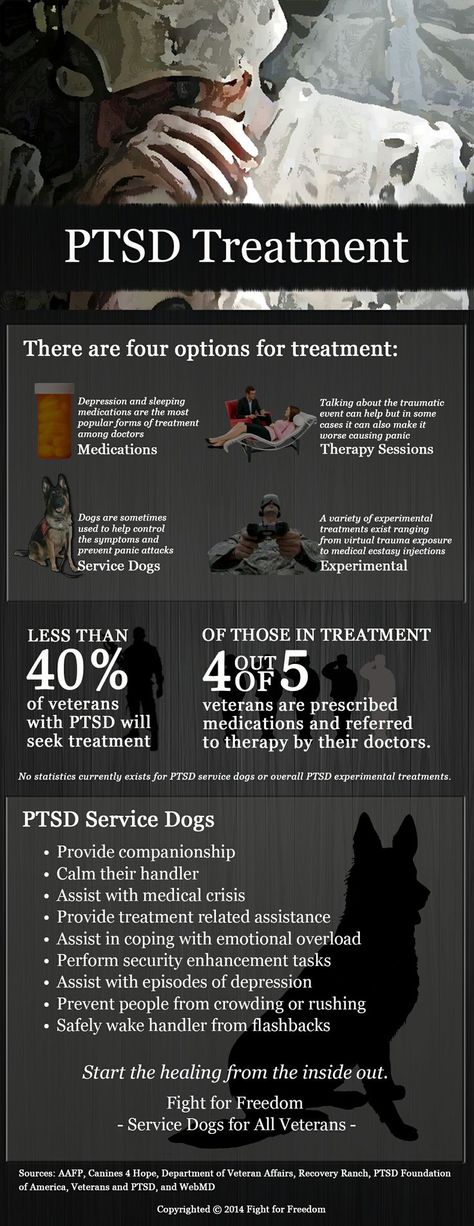 Relaxing with PTSD can be challenging, so talk to your therapist about exercises or activities that can help you.
Relaxing with PTSD can be challenging, so talk to your therapist about exercises or activities that can help you.
Return to work or school - if you feel empowered, it can help you return to work, school or university by giving you a sense of routine. However, you should try to avoid situations in which you may be subjected to further injury or severe stress. It is usually best to work in a supportive, low-stress environment before starting treatment. nine0112
Eat and exercise regularly - Try to eat at regular times, even if you don't feel hungry. If you feel fit, try to exercise regularly. It can also help you feel tired before bed.
Spend time with others - Spending time with the people you care about will help you feel supported.
Expect to get better - Concentrating on thoughts that you will feel better over time will be useful for your recovery. Remember that you should not strain yourself in an attempt to recover faster.
Remember that you should not strain yourself in an attempt to recover faster.
Go back to where the traumatic event happened - If you feel you can do it, you may want to go back to where the traumatic event happened. Talk to your therapist or doctor if you are considering this so they can support you through this step. nine0003
There are also some things you should avoid while recovering. However, doing the "right things" can be very difficult, and you shouldn't feel guilty if you find yourself doing any of the following:
Self-criticism - PTSD symptoms are not a sign of weakness. This is a normal reaction to violent experiences.
Keep your feelings to yourself. If you have PTSD, don't feel guilty about sharing your thoughts and feelings with others. Talking about how you are feeling can help your recovery.
Expect things to go back to normal quickly - PTSD can take some time to heal.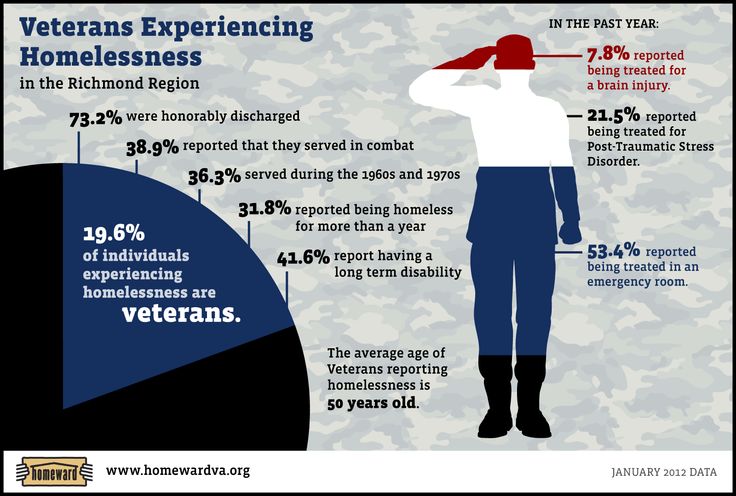 Try not to demand too much of yourself in a short amount of time.
Try not to demand too much of yourself in a short amount of time.
Stay away from other people. Spending a lot of time alone can increase your sense of isolation and make you feel less well. nine0112
Drink alcohol or smoke. While alcohol can help you relax, and coffee and nicotine can act as stimulants, they can make you feel worse over time if you're experiencing symptoms associated with post-traumatic stress disorder.
Overwork. Post-traumatic stress disorder can make it difficult to sleep, but as much as possible, try to stick to your normal sleep patterns and stay up late as this can make you feel worse. You can learn more about good sleep in our resource. nine0003
Finally, you should be careful while driving. After a traumatic episode, people may have more accidents.
What is complex PTSD?
Some people develop complex post-traumatic stress disorder, caused by an experience or series of events that is extremely threatening or terrifying.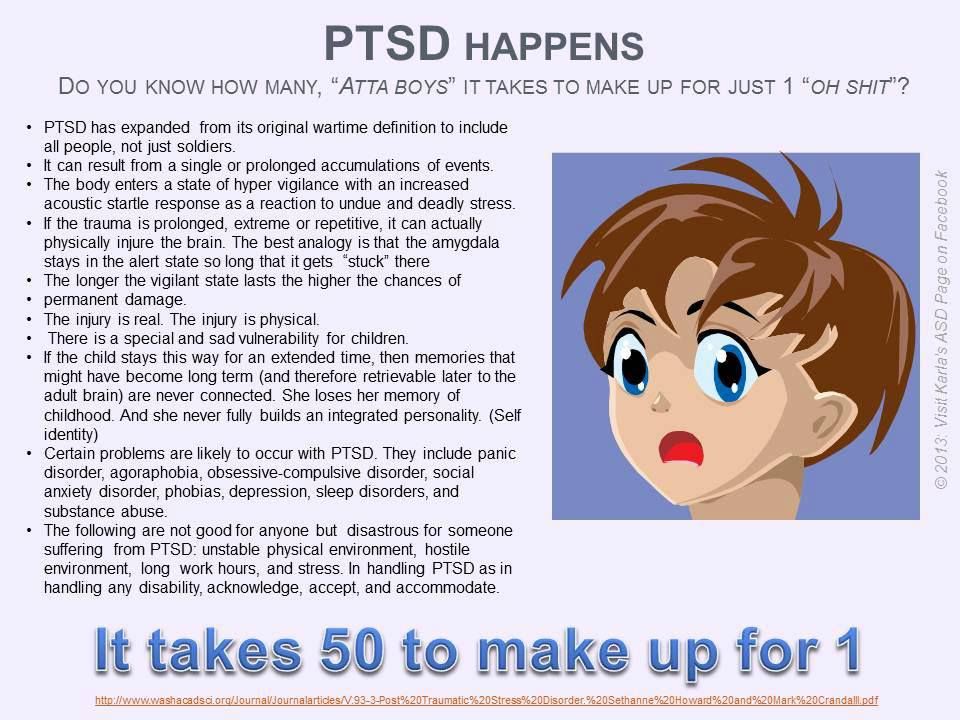 These events can occur in childhood or adulthood.
These events can occur in childhood or adulthood.
Often such events are difficult or impossible to avoid. For example:
How do I recover from complex PTSD?
People with complex post-traumatic stress disorder are characterized by a lack of trust in other people and in the world at large. Establishing a trusting relationship between the PTSD patient and the therapist usually takes longer, and treatment usually takes place in three stages:
Emotional Stabilization
During the stabilization phase, you will learn to trust your therapist and to understand and manage feelings of distress and alienation.
As part of the stabilization, you can get acquainted with the work with supports - "grounding techniques". This can help you focus on familiar physical sensations and remind you that you are living in the present, not the past.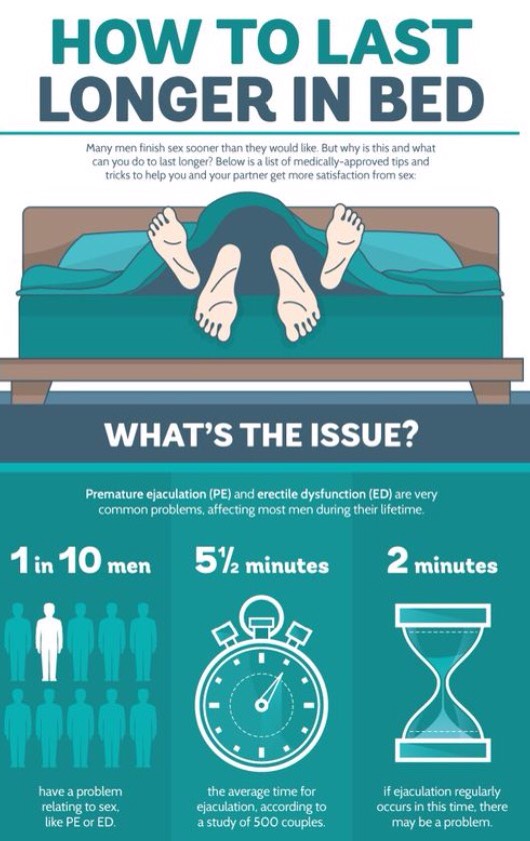
Stabilization can help you "unplug" your feelings of fear and anxiety from the memories and the emotions they evoke, helping to make those memories less frightening. nine0003
The purpose of stabilization is so that you can eventually live your life free from anxiety or memories.
Sometimes stabilization may be the only help needed.
Trauma-focused therapy
Trauma-focused therapy, including EMDR (Eye Movement Desensitization and Processing) or trauma-focused cognitive behavioral therapy, can help you deal with traumatic experiences. Other types of psychotherapy, including psychodynamic psychotherapy, may also be helpful. For complex post-traumatic stress disorder, care must be taken as these treatments can make things worse if not used properly. nine0112
Reintegration and recovery
Reintegration into normal life can help you adjust to the real world at a time when you have emerged from the dangerous situation you were in before.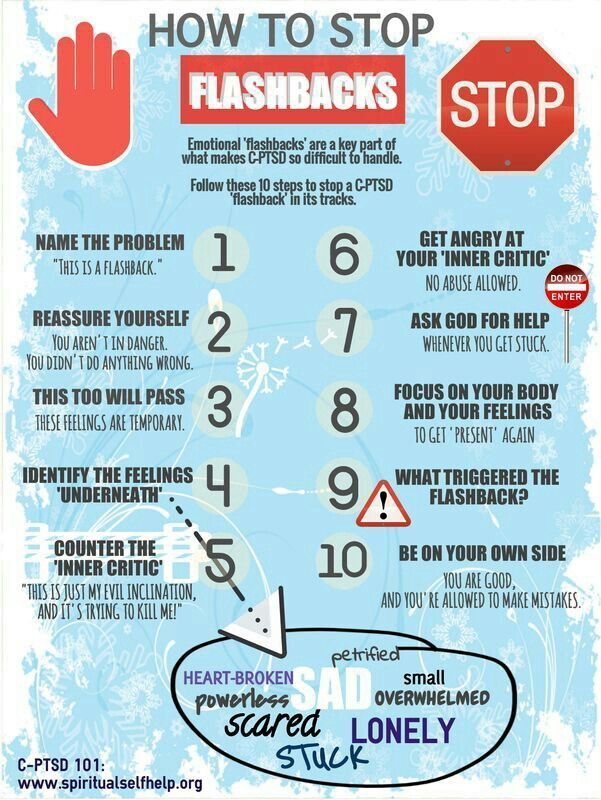 This can help you begin to see yourself as a person with a choice.
This can help you begin to see yourself as a person with a choice.
Reintegration can help you:
- be compassionate towards yourself and others
- restore trust in yourself and others
- renew friendships, intimate relationships, and activities that promote your health and well-being
Medications
As with PTSD, antidepressants or other medications may be used along with psychotherapy. Medication may also be used if psychotherapy does not help or is not available to you. It would also be helpful to have a mental health professional help you oversee your medication.
Self Help
If you develop complex PTSD, it may be helpful to try to do ordinary things that have nothing to do with your past traumatic experience. nine0003
They can include:
- To make friends
- get a job
- to engage in regular physical exercises
- Learn to relax receptions
- Find the hobby
- to start homemade
These things can help you alleviate the world around you . However, this can take time, and there is no need to be ashamed that at first these things will seem difficult to you or you will not be able to do them right away. nine0003
However, this can take time, and there is no need to be ashamed that at first these things will seem difficult to you or you will not be able to do them right away. nine0003
How do you know if someone has PTSD?
If you know someone who has just experienced a traumatic event, there are a few things you should be aware of. These moments can be signs that a person is not coping:
- Changes in behavior - low productivity at work, lateness, sick leave, minor accidents.
- Changes in emotions - anger, irritability, depression, lack of interest and lack of concentration. nine0086
- Changes in thought - obsession with threats or fears, negative outlook on the future
- Unexpected physical symptoms such as shortness of breath, nervousness or abdominal pain.
If you think a person may be showing signs of PTSD, you can suggest that they talk to their doctor. If you don't feel close enough to him for such a recommendation, talk to someone in his family or friends who could do it for you. nine0003
nine0003
They may also find it helpful to refer to information about PTSD, such as this resource, to help identify the difficulties they face.
How can I help someone who has experienced a traumatic event?
For those who have experienced a traumatic event, the following actions may help:
- Be there - invite people to be with them. If they refuse, you can reassure them that you will be with them if they change their mind. Should not be imposed, but try to convince them to accept your help. nine0086
- Listen - try not to pressure people if they don't want something. If they want to talk, try to listen without interrupting or trying to share your own experience with them.
- Ask general questions - When you ask questions, try to keep them general and non-judgmental. For example, you might ask, "Have you talked about this with anyone else?" or “Can I help you find more help?” nine0086
- Offer real (practical) help - Some people may have difficulty taking care of themselves or doing daily activities.
 Offer help, such as cleaning the house or preparing meals;
Offer help, such as cleaning the house or preparing meals;
Try not to tell people:
- That you know how they feel – even if you have experienced something like this, people experience situations differently. Comparing your experience with that of others is not always helpful; nine0086
- How lucky they are to be alive - people who have experienced traumatic events often don't think they are "lucky". Often they feel guilty about the fact that they survived while others died;
- Detract from the significance and seriousness of the experience - try not to tell people that things could be much worse, even if you are doing it out of good intentions and thereby trying to help them. Such statements can make people feel that their experiences are not being taken seriously by others; nine0086
- Giving inappropriate advice - Try not to give advice or suggestions, even if it has helped you in the past.

Learn more
